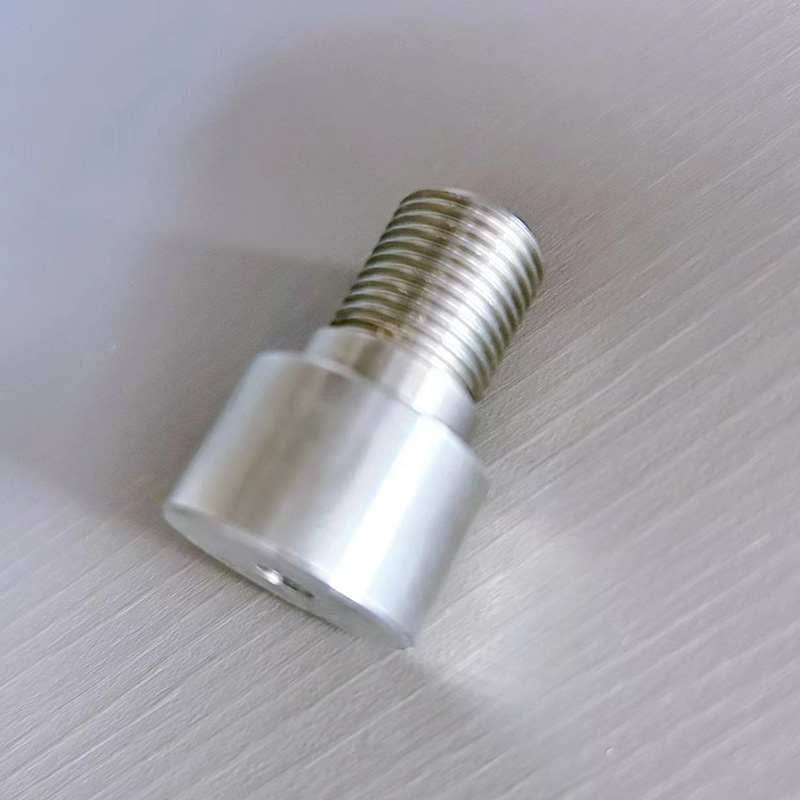Guide Shaft Support
Guide Shaft Support serves as a critical element that ensures the stability and alignment of shafts within machinery. Proper support is essential for minimizing wear and tear, thereby extending the lifespan of the equipment.
Send Inquiry
The guide shaft support serves as a crucial component in various mechanical systems, providing stability and alignment for rotating shafts. Its primary function is to ensure that the shaft remains in the correct position during operation, minimizing vibrations and wear that could lead to premature failure. The design of the guide shaft support typically incorporates robust materials that can withstand significant loads and environmental factors, ensuring longevity and reliability in demanding applications.
In many industrial settings, the guide shaft support is engineered to accommodate specific operational requirements, including the alignment of multiple shafts within a system. This alignment is essential for maintaining the efficiency of machinery, as misalignment can result in increased friction, energy loss, and potential damage to other components. Advanced designs may include features such as adjustable mounting points or integrated damping systems to further enhance performance and adaptability in various operational contexts.
Regular maintenance and inspection of the guide shaft support are vital to ensure optimal performance and to prevent unexpected breakdowns. Operators should monitor for signs of wear, such as unusual noises or vibrations, which may indicate that the support is no longer functioning effectively. By implementing a proactive maintenance strategy, organizations can extend the lifespan of their equipment, reduce downtime, and ultimately improve overall productivity in their operations.














